PLX 3397
PLX-3397 is the shortened form of Plexxikon 3397, which is also called as Pexidartinib hydrochloride, TURALIO or simply Pexidartinib. Chemically, PLX-3397 is a small molecule. The molecular structure of the PLX-3397 is diagrammatically depicted in Figure 1.
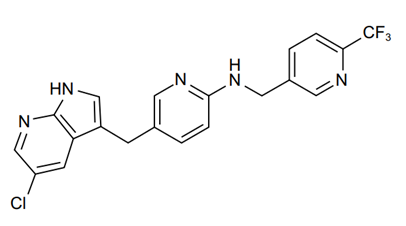
Figure 1 The Molecular Structure of PLX-3397
PLX-3397 selectively inhibits various proteins, namely the Colony-Stimulating Factor 1 Receptor (CSF1R), FMS-Like Tyrosine kinase 3 (FLT3) and the KIT proto-oncogene receptor tyrosine kinase (KIT). PLX-3397 inhibits the Colony-Stimulating Factor 1 Receptor (CSF1R) with very less half maximal inhibitory concentration (IC50) of 0.02 µmol/L (Lamb, 2019). Colony-Stimulating Factor 1 Receptor (CSF1R) is a member of the protein receptor family namely platelet-derived growth factor (PDGF) receptor family. Structure wise, the Colony-Stimulating Factor 1 Receptor (CSF1R) is composed of a big extracellular region which is highly glycosylated and composed of five immunoglobulin domains, along with one transmembrane domain and one intracellular domain. That single intracellular domain is further composed of two subdomains namely a juxtamembrane domain (JMD) and an intracellular tyrosine kinase domain.
The Colony-Stimulating Factor 1 Receptor (CSF1R) is expressed on the surface of the macrophages, while on the other hand, its ligand the Colony-Stimulating Factor 1 (CSF1) is expressed by the tumor cells. The Colony-Stimulating Factor 1 Receptor (CSF1R) is homodimerized that is followed by its own phosphorylation at the tyrosine residuals which activates the survival regulating pathway namely the phosphatidylinositol 3-kinase/phosphorylated AKT (PI3K/pAKT) pathway, upon the binding of Colony-Stimulating Factor 1 Receptor (CSF1R) with one of its normal ligands either Colony-Stimulating Factor 1 (CSF1) or Interleukin 34 (IL-34).This mutual interaction via the autocrine and the paracrine pathways, stimulates the tumor growth which are also called as nodules, leading to a pathological condition which is called as Tenosynovial Giant Cell Tumor (TGCT). The most interesting function of the Colony-Stimulating Factor 1 (CSF1) is that it plays a key assistive role in the differentiation monocytes into tumor-associated macrophages (TAMs) through interacting with the Colony-Stimulating Factor 1 Receptor (CSF1R); resultantly colonies of the macrophages specifically Tumor-Associated Macrophages (TAMs) are formed. These Tumor-Associated Macrophages (TAMs) suppress the responses from the immune system of the body and thus not only induce the tumor growth but also leads to the condition of metastases (Lamb, 2019). This Colony-Stimulating Factor 1 (CSF1) / Colony-Stimulating Factor 1 Receptor (CSF1R) interaction or signaling pathway is the basis for the associated inflammatory responses and the progression of Tenosynovial Giant Cell Tumor (TGCT).
The interactions that lead to the inhibition of the Colony-Stimulating Factor 1 Receptor (CSF1R) via the PLX-3397, are hydrogen bonds that are indicated between them by the red dotted lines in Figure 2. By these interactions, the Colony-Stimulating Factor 1 Receptor (CSF1R) is inhibited as it is prevented from interacting with its legitimate ligand that is the Colony-Stimulating Factor 1 (CSF1). In short, the Colony-Stimulating Factor (CSF1)/CSF1 receptor signaling pathway is blocked, this eventually leads to the less severe symptoms of the Tenosynovial Giant Cell Tumor (TGCT).
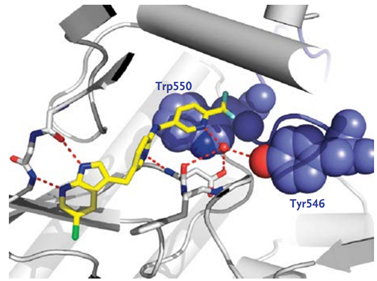
Figure 2 The direct interaction between PLX-3397 and the Colony-Stimulating Factor 1 Receptor (CSF1R) that inhibits the Colony-Stimulating Factor 1 Receptor (CSF1R). Here, the carbon skeleton of PLX-3397 is in yellow. On the other hand, the kinase domain of the Colony-Stimulating Factor 1 Receptor (CSF1R) is in grey and the juxtamembrane domain of the same is in purple. These interactions are hydrogen bonds that are indicated by the dotted red lines; that are between the PLX-3397 and the juxtamembrane domain of the Colony-Stimulating Factor 1 Receptor (CSF1R).
The whole mechanism of PLX-3397 action is summarized in Figure 3.
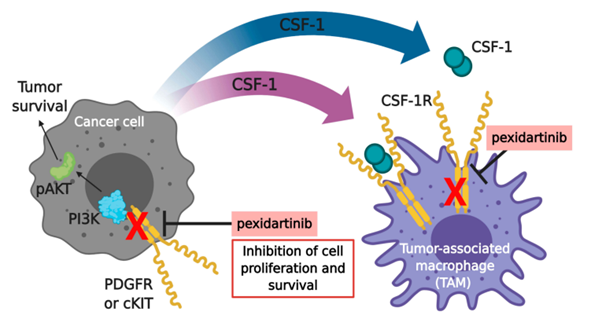
Figure 3 The summary of the mechanism of action of PLX-3397
As an exact experimental model of Tenosynovial Giant Cell Tumor (TGCT) does not exist, therefore a murine based animal model of malignant peripheral sheath tumors was used in a research study. In that study it was scientifically demonstrated that the PLX-3397 treatment caused the reduction in the tumor growth by limiting the number of macrophages at the tumor site. Likewise, in another research study using the murine model of collagen-induced arthritis, it was found that the PLX-3397 treatment not only caused the reduction in the severity of Tenosynovial Giant Cell Tumor (TGCT) but also slowed down the progression of Tenosynovial Giant Cell Tumor (TGCT).
Clinically, PLX-3397 is an FDA approved novel synthetic orally-administrated (through swallowing) novel pharmaceutical drug for the systematic treatment of Tenosynovial Giant Cell Tumor (TGCT), that is associated with severe morbidity or functional limitations and not treatable via the surgical procedures (Lamb, 2019). Tenosynovial Giant Cell Tumor (TGCT) is a rare cancer/ neoplasm that is nonmalignant in nature. This disease is characterized by the presence of lesions that arise from the synovium of joints, bursae or tendon sheaths via the proliferation in the synoviocytes followed by the recruitment of the different types of inflammatory cells. There are two types of Tenosynovial Giant Cell Tumor (TGCT), depending upon the number of nodules. Lesions can either be in the form of single nodules, that is Localized Tenosynovial Giant Cell Tumor (L-TGCT) and/ or in the form of multiple nodules which is Diffuse-type Tenosynovial Giant Cell Tumor (D-TGCT). On the molecular level, the lesions in either type of Tenosynovial Giant Cell Tumor (TGCT) is marked by the overexpressed Colony-Stimulating Factor 1 (CSF1) (Gelderblom and de Sande, 2020), due to the chromosomal translocation between chromosome number 1 and chromosome number 2. This chromosomal translocation results in the fusion of the coding regions of CSF-1 and collagen 6A3; resultantly, CSF-1 is expressed whose expression is in under the control of collagen 6A3 regulatory elements (Benner et al., 2020). Therefore, targeting and inhibiting the signaling between the Colony-Stimulating Factor 1 (CSF1) and its receptor protein which is Colony-Stimulating Factor 1 Receptor (CSF1R) is the main underlying molecular strategy that is exploited while PLX-3397 is therapeutically applied for the treatment of Tenosynovial Giant Cell Tumor (TGCT).
After being orally-administrated, PLX-3397 is metabolized by the human body via the processes of oxidation and the glucuronidation by the catalytic activities of cytochrome P450 3A4 (CYP 3A4) enzymes and the UDP glucuronosyltransferase family 1 member A4 (UGT1A4), respectively.
As far as the side effects of the PLX-3397 treatment are concerned, there are the minor side effects as well as the major side effects with less chances of occurrence. The major one is the hepatotoxicity which can be lethal, that is the liver toxicity in simple words.
As PLX-3397 is an FDA approved pharmaceutical drug which implies that it certainly has the threshold level of human safety profile. Therefore, currently the researches are directed toward the usage of PLX-3397 as an anti-cancer drug against other cancers as well. In short, using PLX-3397 as a multi-targeted agent/ drug.
In the clinical level research trials, PLX-3397 alone as well as in combination with other pharmaceutical drugs namely sirolimus, binimetinib, PLX9486, and durvalumab, have shown convincing results against different neoplasms namely gastrointestinal stromal tumor, pancreatic ductal adenocarcinoma, and colorectal cancer.





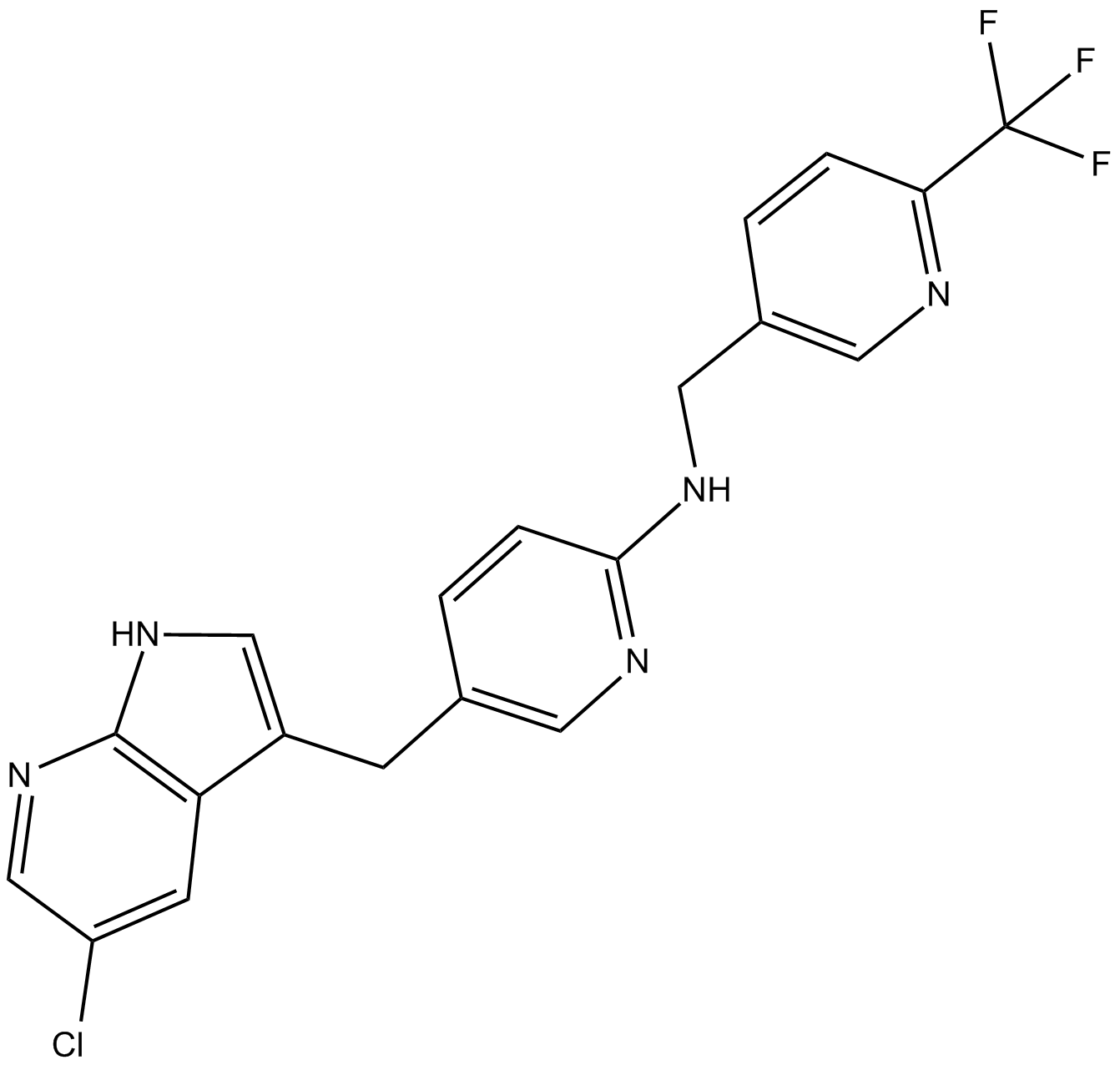

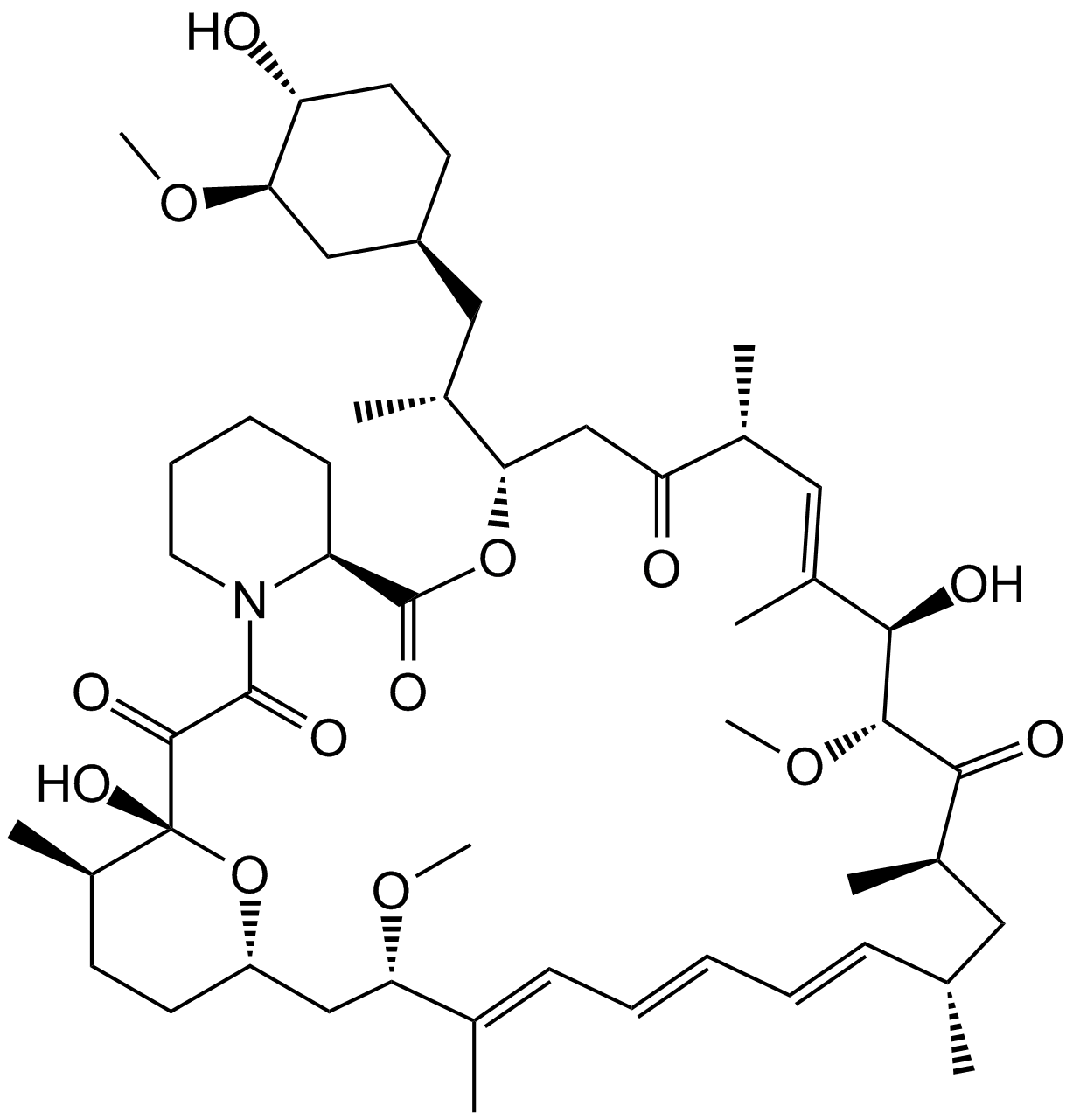








Commentaires